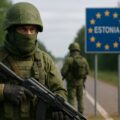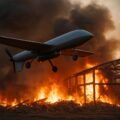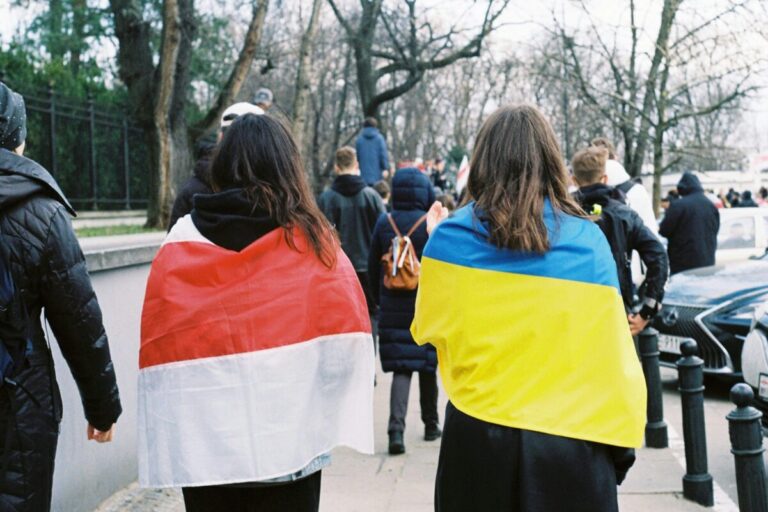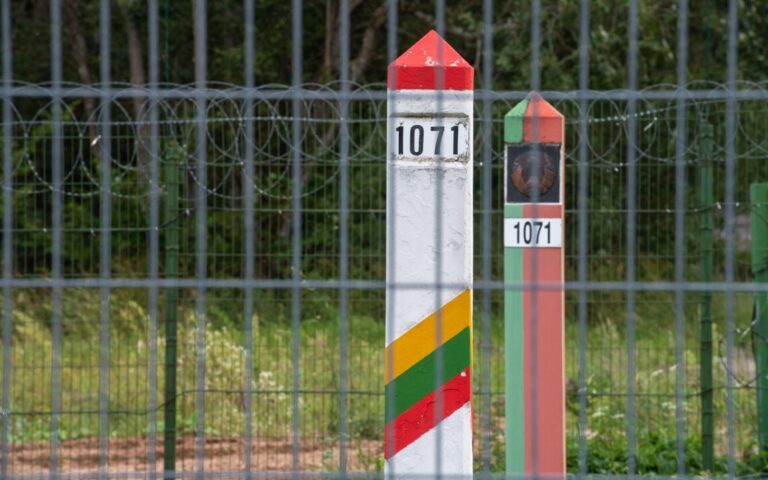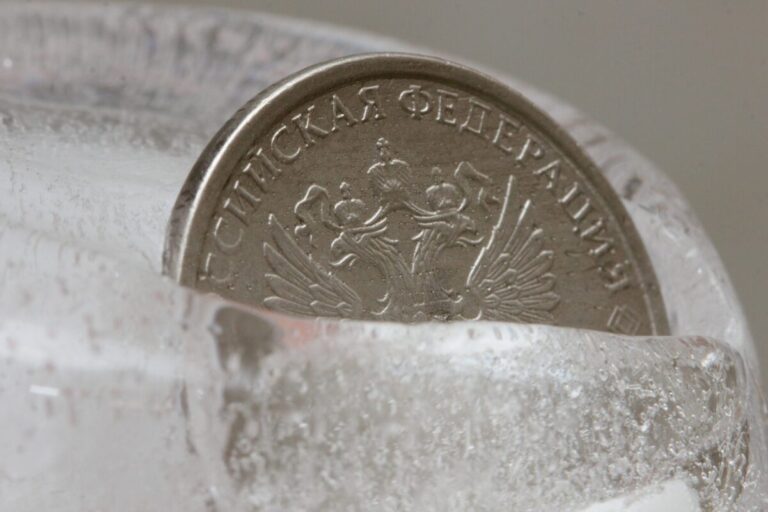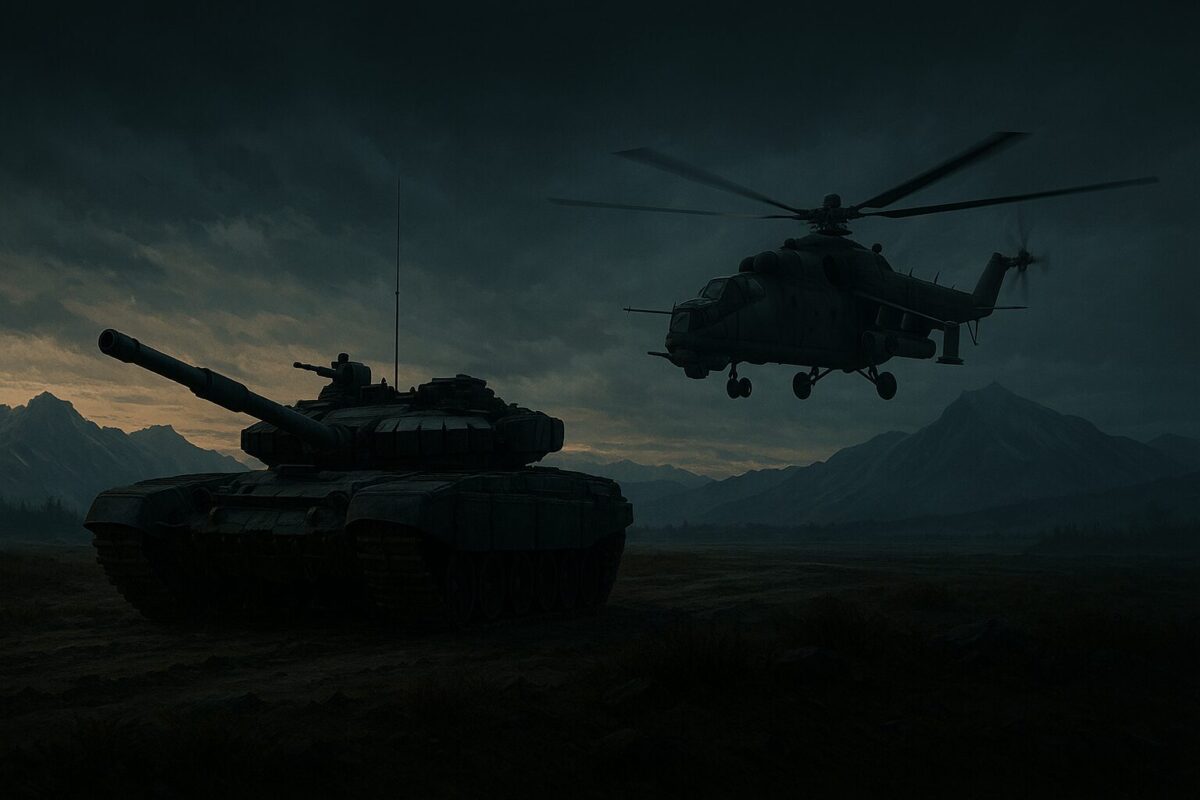
Russia Expands Military Buildup Near NATO Borders – A New Strategic Front Emerging
While the war in Ukraine continues, Russia is expanding its military footprint along NATO’s northern and eastern flanks. Satellite images reveal the construction of new bases, hangars, and hardened shelters for equipment. Intelligence reports confirm troop movements near the borders with Finland, Lithuania, and Norway.
Official Moscow remains silent.
The West watches quietly.
Only a few experts are saying it out loud: this isn’t defense. It’s preparation.
What’s Happening on Russia’s Northern Front?
According to reports by The New York Times, UNIAN, and Espreso, Russia is actively reallocating military assets to its Northwest region:
- Expanding bases near Murmansk, Pechenga, and Pskov
- Constructing shelters for fighter jets and air defense systems
- Rebuilding infrastructure along the borders with Finland and the Baltic states
Lieutenant General Jari Kivinen (Finland):
“We may have up to five years before Russia regains full military capacity after the war in Ukraine. But the groundwork for the next phase is already being laid.”
Ivan Stupak, former SBU operative (Ukraine):
“It’s a preemptive move: while the West focuses on Ukraine, Russia is quietly opening a new front of pressure.”
NATO’s Reaction: Cautious and Quiet
Official NATO statements describe the situation as being “closely monitored” with no immediate threat. But behind the scenes:
- Finland has begun reinforcing its border defenses
- Norway is preparing large-scale military exercises in the north
- Baltic states are increasing air defense capabilities
In short — these nations trust the facts, not the diplomatic silence.
What Does Washington Say?
When asked about Russian military activity near NATO territory, President Donald Trump responded:
“I don’t think it’s a problem. We’re safe. We have a strong military. So do Finland and Norway.”
It’s a message of public indifference — one that sharply contrasts with the unease among European allies.
And it echoes a dangerous historical memory: in 1938, leaders also said, there will be no war.
Relevant
What Does This Mean Strategically?
Russia is not planning to attack NATO tomorrow. But it is:
- Building logistics for rapid troop deployments
- Projecting power to make Europe focus on its own flanks instead of Ukraine
- Creating multi-front tension that gradually erodes Western unity
This is a war of attrition — and the primary target isn’t NATO.
It’s Western support for Ukraine.
“If you’re worried about your own flank, you’re not thinking about the eastern front. That’s exactly what the Kremlin wants,”
writes former U.S. diplomat George Kent in Foreign Affairs.
My Take: This Is Not a Provocation – It’s Long-Term Strategy
If Russia simply wanted to intimidate, it would do so publicly.
But instead, it is silently constructing a military foothold.
This isn’t for propaganda. This is for real readiness.
When U.S. Ambassador Bridget Brink resigned, stating:
“Pressure is being placed on the victim, not the aggressor” —
it wasn’t just a comment on Ukraine. It was a signal:
While the U.S. recalibrates, Russia is preparing for the next phase.
What Should Ukraine – and Europe – Do?
- Bring this discussion into the public sphere. The world must understand: this isn’t a local threat — it’s a systemic one.
- Strengthen defense cooperation with the Baltics, Scandinavia, and Poland. We are all on the same front line.
- Plan for the post-freeze phase — because when Western attention fades, Russia will strike elsewhere.
- Expand diplomatic outreach beyond the U.S. — to the EU, UK, Japan, and Australia. A broad coalition is the next shield.
We Must Not Look Away – Again
When Russia built fortifications in Donbas in 2021, it was called “caution.”
When it moved troops into Crimea, it was called “an internal matter.”
Each time, it ended in war.
Today, Russia is preparing a new front.
Not to attack tomorrow — but to gain an edge the day after.
And that is why silence is also a response.
But this time, it must be a different one.





